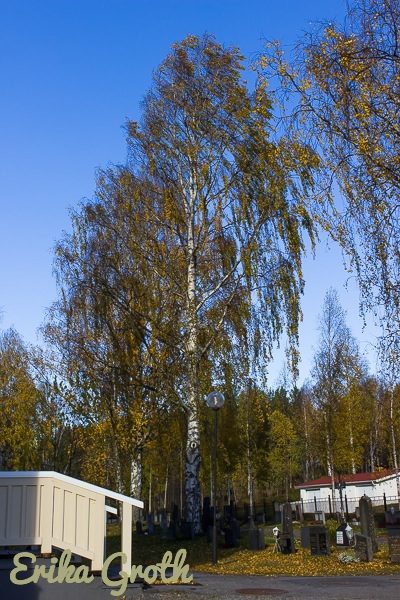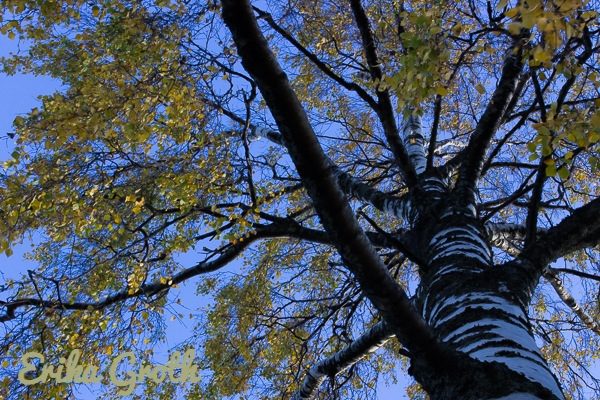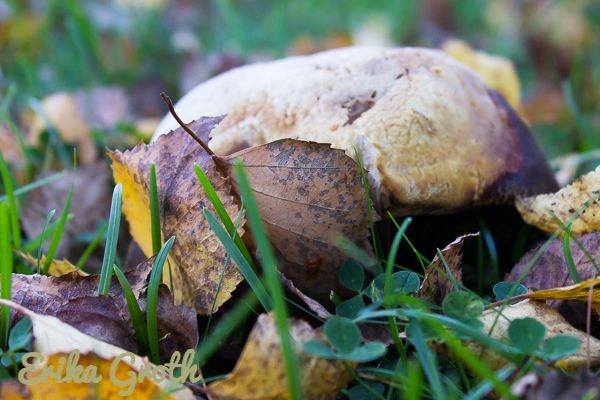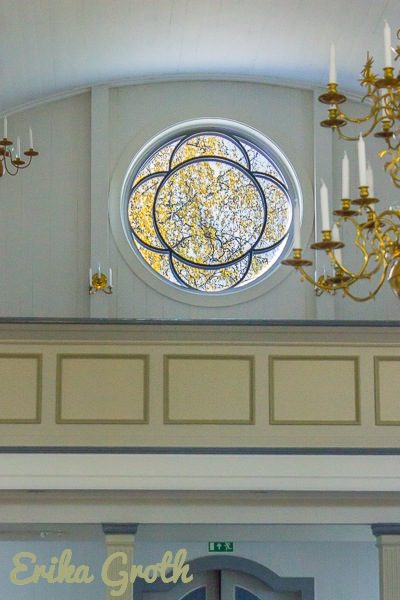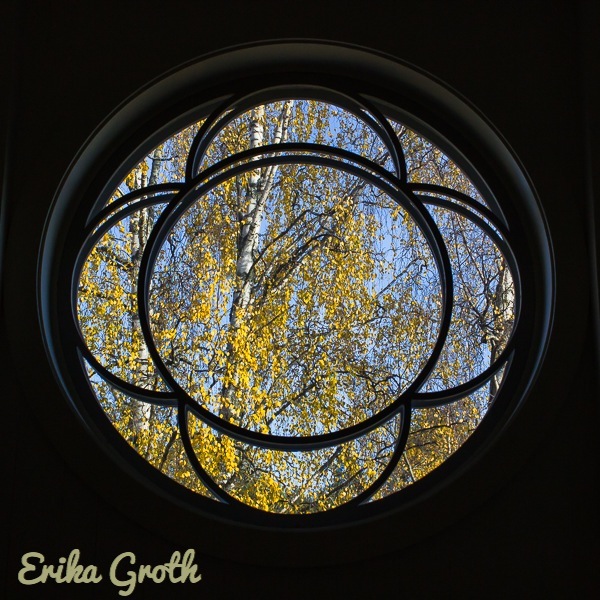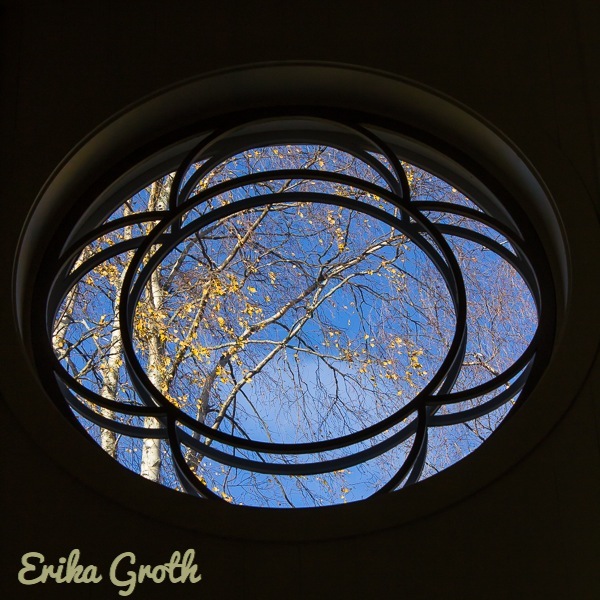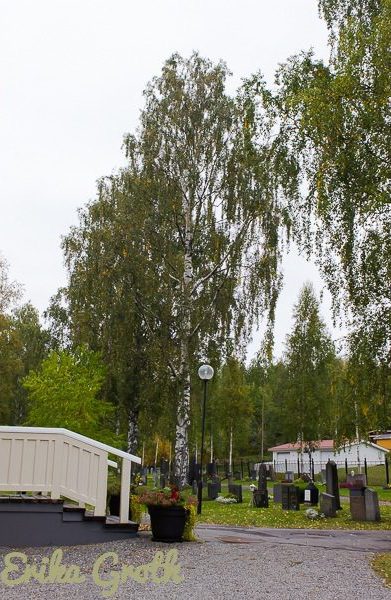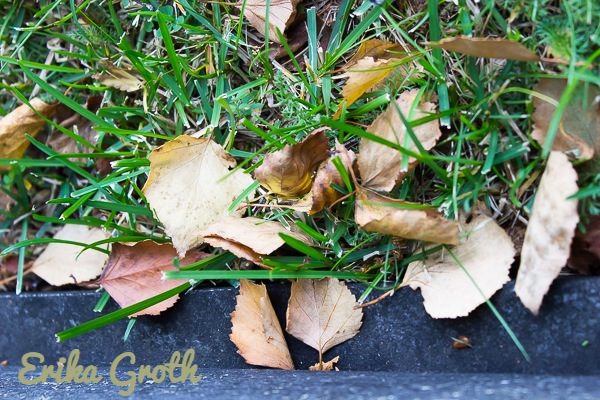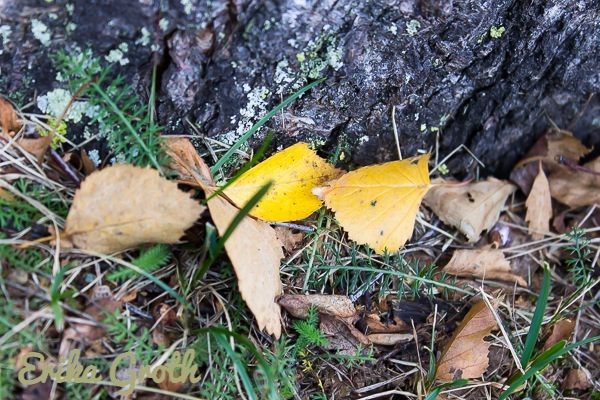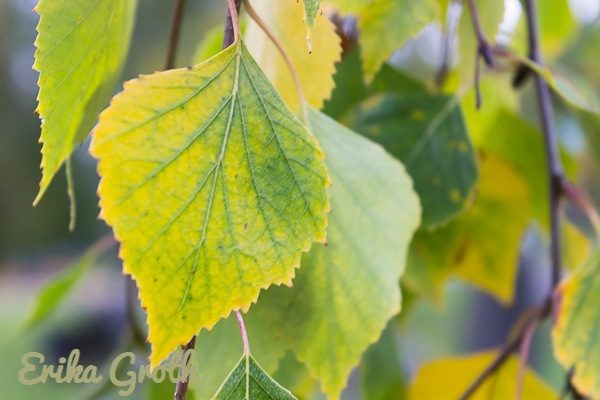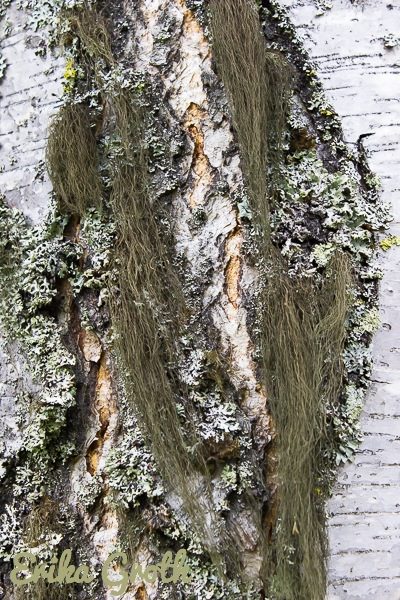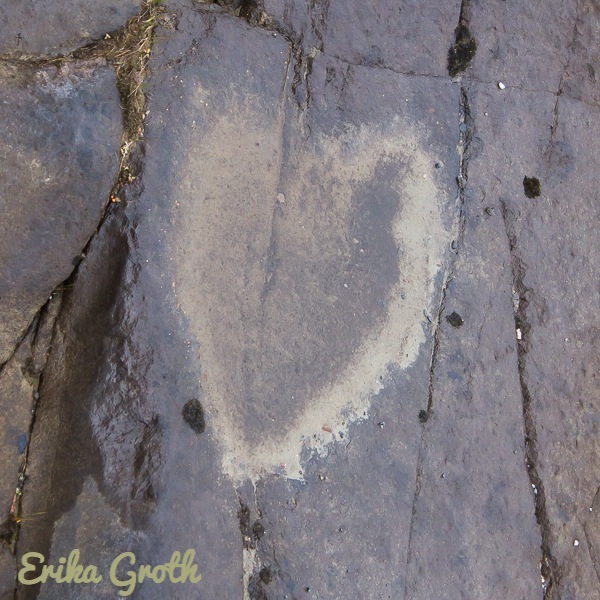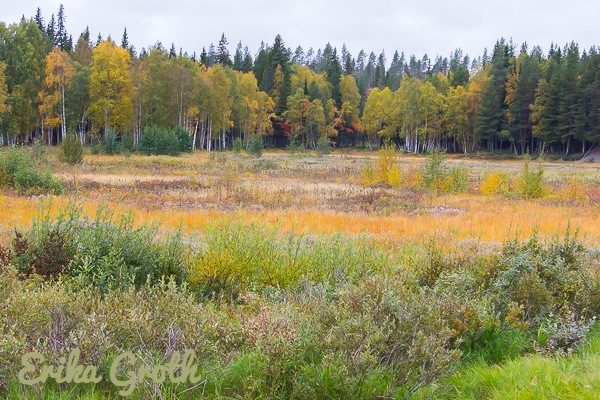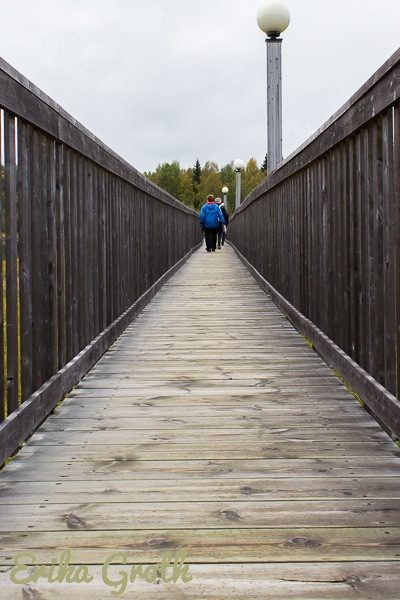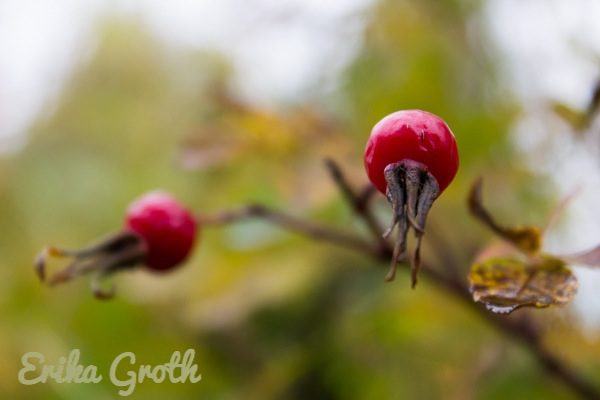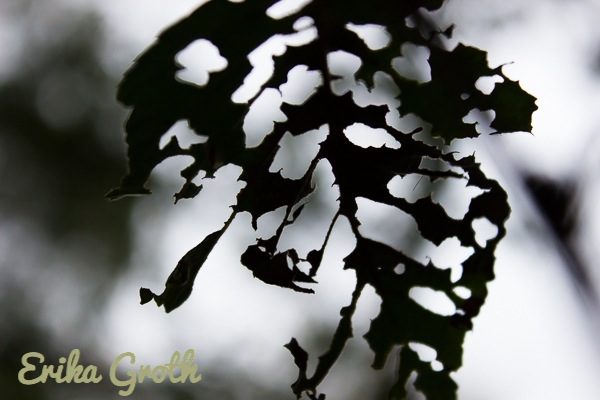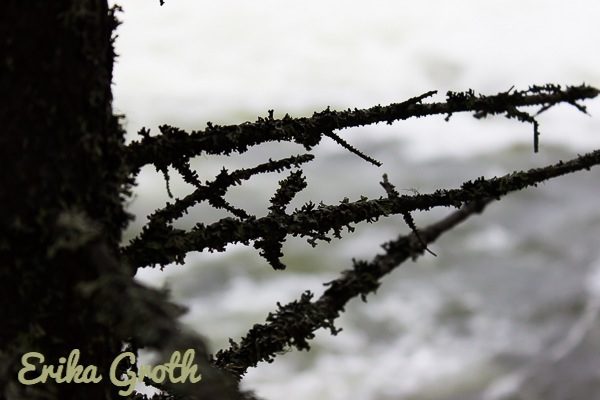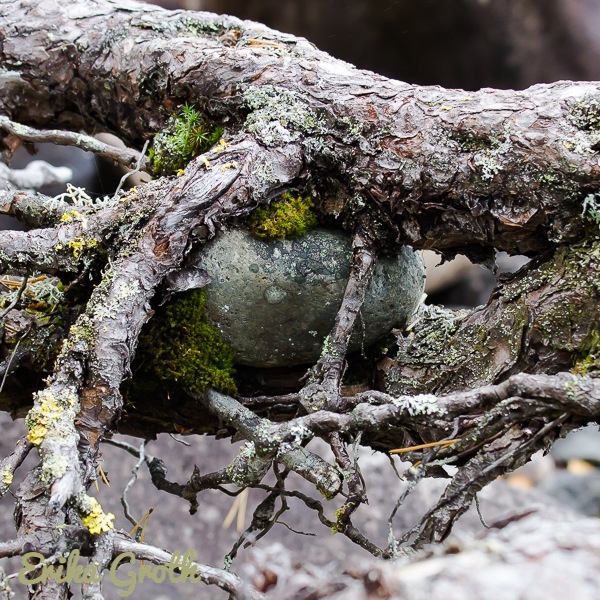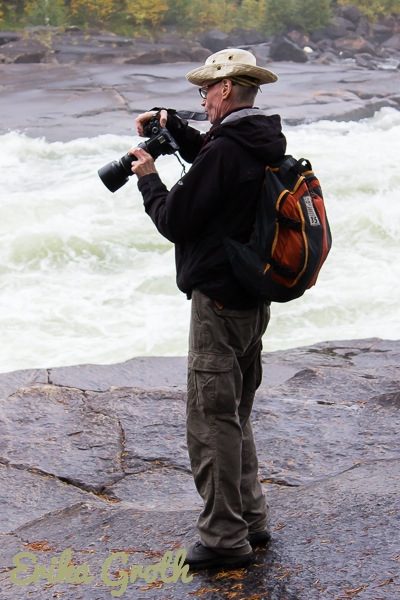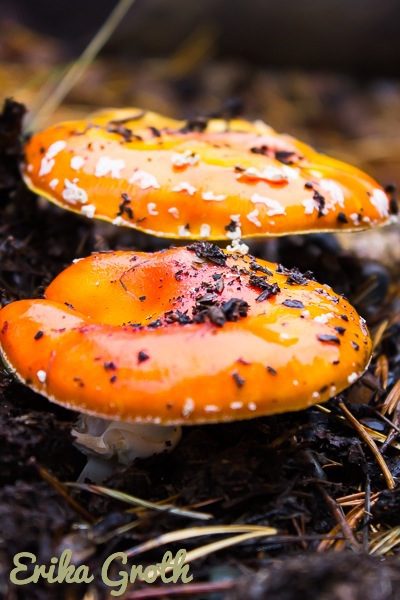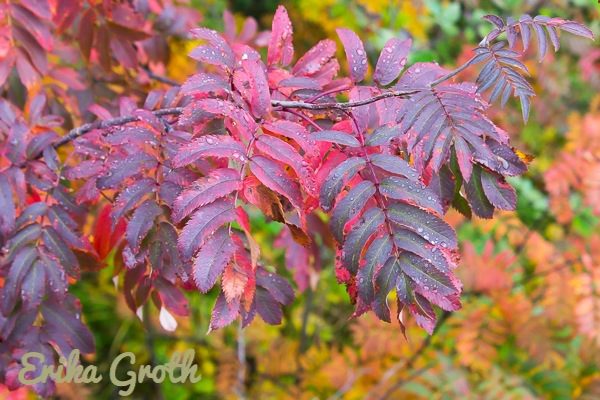För några dagar sedan lade sig årets första snö över Älvsbyn. Snön lyser upp november månad som annars kan vara en väldigt mörk väntan på att julens ljus ska tändas.
Den här helgen är allhelgonahelgen med alla helgons dag lördagen den 5 november. På alla helgons dag brinner ljusen på gravarna och inne i kyrkan är det fullsatt – och många tårar rinner – när prästen läser upp namnen på alla kyrkomedlemmar som dött under året vid den årliga minnesgudstjänsten.
Allhelgonafirandet är en populär, men rätt förvirrad, högtid i Sverige. Alla helgons dag infördes som en helgdag 1953 och infaller på den lördag som ligger mellan 31 oktober och 6 november varje år. Allhelgonahelgen är en sorts ny variant av den gamla katolska allhelgonadagen den 1 november, när man firade alla helgon som inte hade en egen dag, och den efterföljande alla själars dag den 2 november, när man firade döda familjemedlemmar. Hela den här traditionen avskaffades egentligen när Sverige blev protestantiskt men har under århundradenas lopp visat sig vara svår att bli av med. Efter andra världskriget blev det populärt att tända ljus på gravarna på allhelgona. Allhelgonadagen den 1 november anges i moderna kalendrar, men har alltså varit officiellt avskaffad i århundraden. Även helgonen är sedan länge avskaffade, och den nya allhelgonatraditionen har i praktiken inneburit att den nya alla helgons dag snarare motsvarar den gamla alla själars dag. Kyrkan envisas dock med att fira alla själars dag söndagen efter alla helgons dag även om den populära minnesgudstjänsten för de döda hålls på alla helgons dag.
Traditionellt har allhelgonadagen ansetts vara starten på vintern i många delar av Sverige. Till skillnad från alla andra högtider (som jul, nyår, påsk, valborg och midsommar) när svenskar av tradition firar på aftonen istället för på dagen, verkar det inte ha funnits någon tradition att fira allhelgonaaftonen den 31 oktober. På senare år har en variant av den amerikanska Halloweentraditionen slagit igenom i hela Sverige, men det verkar fortfarande råda viss förvirring om vilket datum Halloween egentligen ska firas här, även om den 31 oktober mer och mer verkar vinna över övriga alternativ. Eftersom 31 oktober råkar vara min födelsedag är jag inte särskilt förtjust i den utvecklingen.
A few days ago we got the first snow of this winter. Snow brightens up the month of November, which otherwise can be a very dark period when everyone eagerly waits for the colourful Christmas lights.
This weekend is All Saints’ Weekend in Sweden. On All Saints’ Day people light candles on the graves of their loved ones and the usually rather empty churches fill with teary-eyed people as the priests read the names of all church members that have died during the year in the annual memorial service.
The All Saints’ tradition is a popular, but rather confused, Swedish tradition. All Saints’ Day became a holiday in 1953 and is the Saturday between October 31st and November 6th each year. This year All Saints’ Day was yesterday, November 5th. All Saints’ Weekend is a new version of the old catholic tradition when all saints without a day of their own were celebrated on All Saints’ Day on November 1st and people celebrated their dead family members on the following All Souls’ Day on November 2nd. This tradition was supposed to end when Sweden became a protestant country in the 16th century, but the tradition has proven difficult to get rid of. After the second world war it became popular to light candles on the graves on the old All Saints’ Day. The old All Saints’ Day (Allhelgonadagen) on November 1st is noted in modern Swedish calenders although officially it hasn’t existed for centuries. The saints of course also haven’t existed in Sweden for centuries, so the new All Saints’ Day (Alla helgons dag) is in practise rather the old All Souls’ Day than the old All Saints’ Day. The church however insist on celebrating All Souls’ Day the Sunday after All Saints’ Day, although the very popular annual memorial service for the dead takes place on All Saints’ Day and not on All Souls’ Day.
Traditionally All Saints’ Day on November 1st was considered to be the first day of winter in many parts of Sweden. Unlike for all other major holidays, when Swedes celebrate on the Eve and not on the Day (like Christmas, New Year, Easter, Walpurgis and Midsommer), there never seems to have been any tradition of celebrating All Hallows’ Eve on October 31st in Sweden. In the last few years a version of the American Halloween tradition has become popular all over Sweden. However, there still seems to be some confusion about which date Halloween should be celebrated in Sweden, although little by little October 31st seems to be winning over the alternative dates. Since October 31st happens to be my birthday I’m not particularly happy about this.
P.S. Swedes gained the legal right to religious freedom in 1951, automatic membership in the church of Sweden for all newborn Swedish citizens ended in 1996 and the former state church of Sweden separated from the state in 2000. The majority of Swedes are atheist when it comes to religious beliefs, but despite having strong negative feelings of being forced into christianity most are still more or less evangelical lutheran christians when it comes to religious practise. The effects of roughly a millennia of living with a state church with mandatory membership where not being an active christian of the right kind was a crime that you could and did get punished for are slowly diminishing over time but they don’t disappear completely in just a few decades.
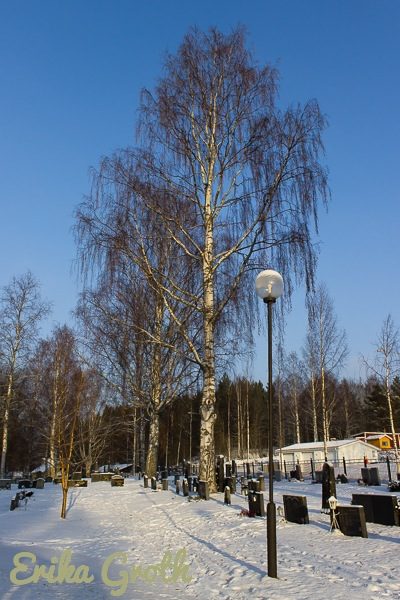
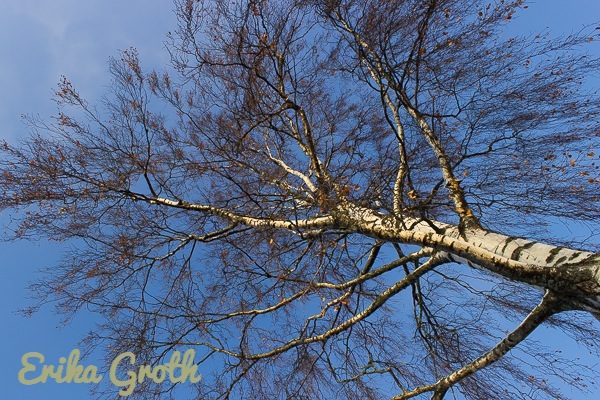
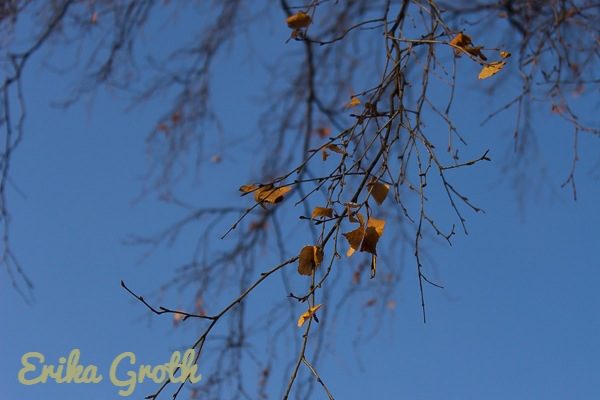
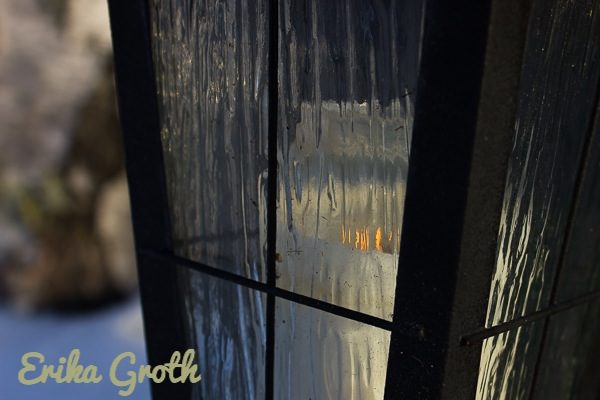 Fotona ovan är tagna på alla helgons dag 2016-11-05 i Älvsbyn.
Fotona ovan är tagna på alla helgons dag 2016-11-05 i Älvsbyn.
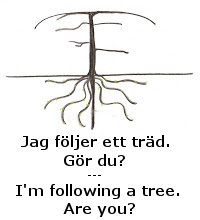 Kolla även in andra trädföljare på The Squirrelbasket (internationellt).
Kolla även in andra trädföljare på The Squirrelbasket (internationellt).



